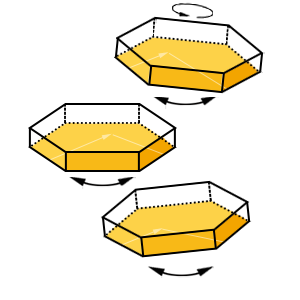A light pillar is a vertical beam of light above or below the sun. Usually, only the upper light pillar is visible. It is about the same width and color as the sun. The upper light pillar is best observed shortly after sunset. Then it looks as if the light from a powerful searchlight is rising vertically above the horizon. During sunset, the color is still orange-white. A few minutes after sunset, the pillar turns more orange-red and fades 20-60 minutes after sunset. When the light pillar is fully developed, a diffusely broadened tip can sometimes be observed. This is the
upper tangent arc, whose branches form a sharp angle when the sun is low. The height of the light pillar can be well over 30° in ice fog. However, usually only a 5-10° high pillar is observed.
If both the upper and lower light pillar, as well as part of the
parhelic circle are visible, a cross appears in the sky. Such an impressive phenomenon was often seen as a sign of God in the Middle Ages.
The light pillar is created by the reflection of sunlight on the base surfaces
of rotating plates and on the prism surfaces of rotating columns. However, a requirement is that the ice crystals oscillate around their vertical axis. Additionally, snow stars can also cause a light pillar. The formation of the pillar is comparable to the path of light that the setting sun creates on a rippling water surface.

